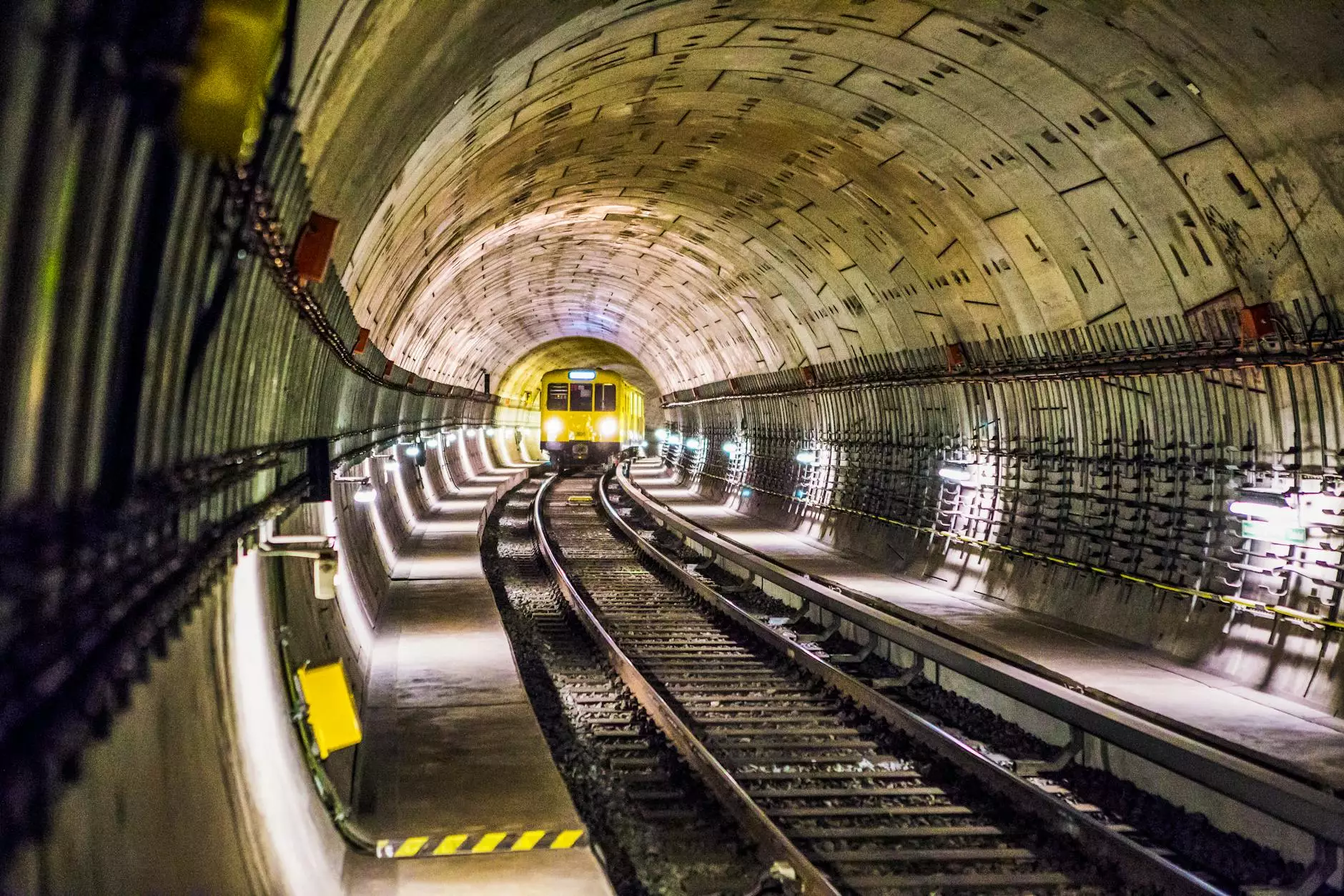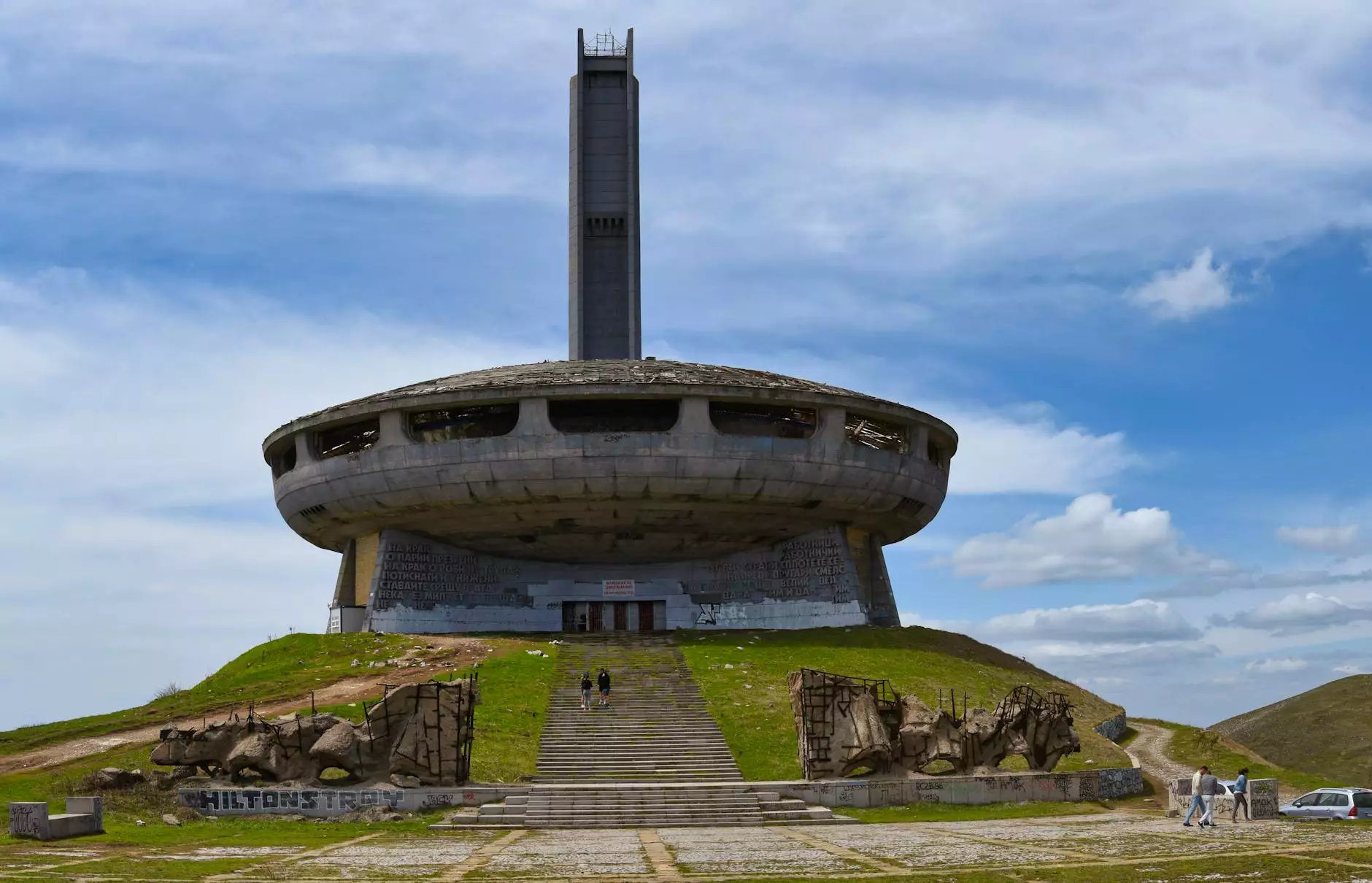Railroads of Hayward

The Beginning of Hayward's Railroads
The railroads in Hayward have a rich and captivating history that dates back to the late 19th century. They played a vital role in the development and growth of the city, connecting it to other major cities and facilitating the transportation of goods and people. This article aims to provide an in-depth look at the significant milestones, development, and impact of the railroads on the community and society of Hayward.
Early Milestones
The first railroad to reach Hayward was the Southern Pacific Railroad, which extended its line from Oakland to the town in 1865. This marked a significant turning point for Hayward, as it enabled easier access to markets and facilitated the transportation of agricultural products, particularly hay and grain, from the surrounding areas. The arrival of the railroad spurred economic growth, attracting more settlers and businesses to the region.
Railroads and Industrialization
With the establishment of railroads, Hayward experienced a period of rapid industrialization. The presence of rail lines encouraged the growth of various industries, including lumber mills, manufacturing plants, and agricultural processing facilities. These industries thrived due to the ease and efficiency of transportation provided by the railroads, allowing for the importation and exportation of goods on a larger scale.
The Transcontinental Railroad
The completion of the Transcontinental Railroad in 1869 had a profound impact on Hayward and the entire nation. The railroad connected the East Coast with the West Coast, allowing for faster and more efficient travel and trade across the country. For Hayward, this meant increased connectivity with major cities such as San Francisco and Sacramento, opening up new economic opportunities and further fueling the town's growth.
Railroad Stations and Infrastructure
Hayward became a crucial transportation hub with multiple railroad stations serving the town. These stations, strategically located throughout the city, allowed for the efficient movement of people and goods. The construction of railroad infrastructure, such as tracks, bridges, and tunnels, also contributed to the city's development and facilitated the expansion of the rail network in the region.
The Haywards Interlocking Tower
One notable landmark associated with Hayward's railroads was the Haywards Interlocking Tower. Built in 1913, the tower served as a control point for the intersection of the Southern Pacific and Western Pacific rail lines. It played a crucial role in ensuring the safe and efficient movement of trains through the area, further enhancing Hayward's status as a key railroad junction.
Railroads and Community Growth
The presence of railroads in Hayward not only stimulated economic growth but also had a profound impact on the community and society. The accessibility and affordability of rail transportation enabled residents to travel more easily, expanding their horizons and fostering cultural exchange. It also facilitated the movement of people to and from Hayward for work, education, and leisure, connecting the city to the broader regional and national contexts.
Preserving Hayward's Railroad Heritage
Recognizing the significance of the railroads in shaping Hayward's history, the La Historia Society actively works towards preserving and promoting the city's railroad heritage. Through various initiatives, including exhibitions, educational programs, and guided tours, the society aims to ensure that future generations can appreciate and learn from the rich legacy of the railroads in Hayward.
Conclusion
The railroads in Hayward played a fundamental role in driving the city's growth, industrialization, and cultural exchange. Their establishment connected Hayward to major cities and opened up new opportunities for economic development. Today, their legacy lives on through various landmarks, infrastructure, and the dedicated efforts of organizations like the La Historia Society. By delving into the history of the railroads in Hayward, we gain a deeper understanding of the community and society that thrived alongside these revolutionary transportation networks.









